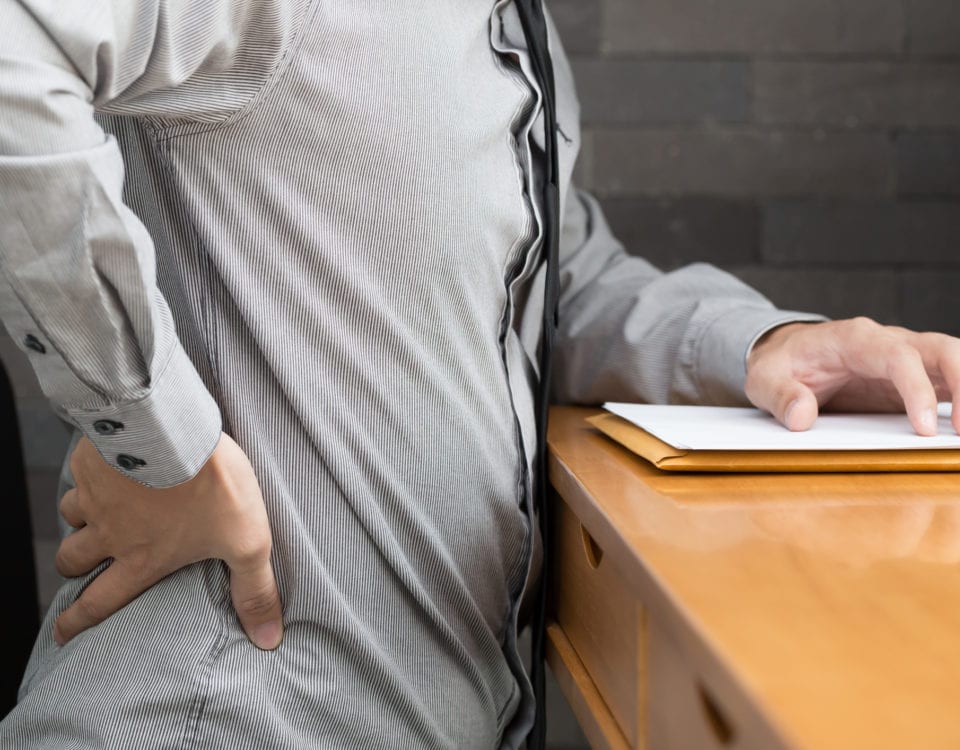
An Overview of Spinal Muscle Atrophy and Treatment Options

Foot Drop Syndrome: An Overview
The lumbar spine is the section of vertebrae located in the lower back, in the bottom third of the spinal column. This section consists of five vertebrae (L1-L5) at the point the spine bends inward toward the abdomen. The lumbar spine links to the thoracic spine at the top and the sacral spine at the bottom. The five lumbar vertebrae are the biggest of any in the spinal column, with the lowest (L5) being much larger in the front than in the back. The muscles of the back and pelvis connect to the spinous processes located on the backside of each vertebra.
The lumbar spine supports the greatest load of any section of the spinal column and is responsible for carrying the entire weight of the torso. Each vertebra is designed for the flexibility and strength to allow for bending, lifting, and twisting. Because of this, these segments have the highest risk for deterioration and injury. Fortunately, it is rare for a lumbar spine to cause paralysis because spinal cord ends between the last thoracic and first lumbar vertebrae.
The most common injuries that occur in the lumbar spine region are:
- Muscle problems such as strains due to bending, lifting, and repetitive movements without proper body mechanics
- Breakdown and deterioration of intervertebral discs
- Disc herniation because of an acute injury or long-term wear and tear
- Sacroiliac Joint Dysfunction resulting from too much or too little movement
- Spondylolisthesis, a condition that happens when one vertebra slides forward on the one below
- Osteoarthritis, which causes a breakdown of the cartilage surrounding the facet joints
- Lumbar Stenosis, a constricting of the spinal canal that results in impression of nerve tissue
Some of these conditions can be treated conservatively with rest, heat and ice packs, pain medication, physical therapy, activity modification, and chiropractic care. Those that are more sensitive and chronic may require surgery.
If you have a lower back injury and would like to learn about our treatment choices from one of our specialists, please contact our Seguin or New Braunfels offices.


